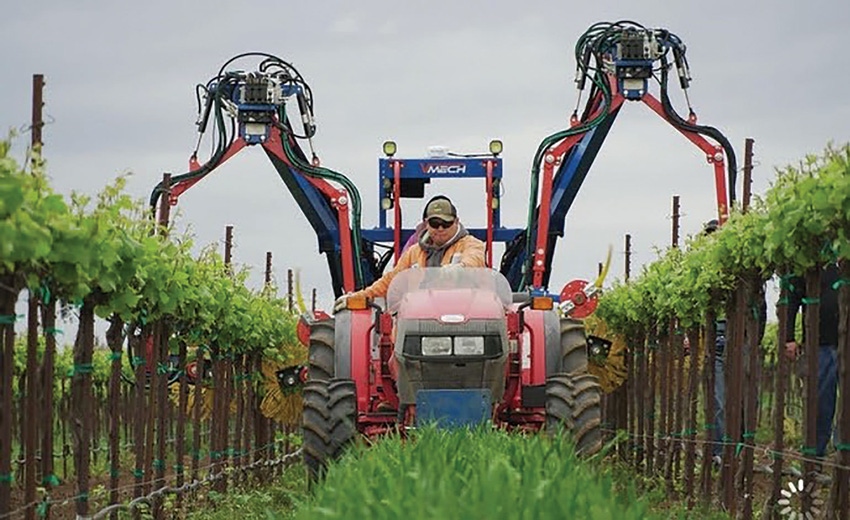
Author Rob McMillan no sooner finishes work on one year’s Silicon Valley Bank Annual State of the Wine Industry report than he has to start work on next year’s data and predictions.
For the current 60-page status report, he notes that the 3.3 million tons crushed in the 2020 harvest represents the smallest harvest in a decade --- and the worst yield on record.
“When you talk about grape supply,” he told Farm Press, “you also have to talk in terms of demand and this report points out that in a strange way, we had somewhat of a rebalancing of wine supply because of the channel shift brought about by COVID when restaurants and tasting rooms shut down, sending consumers to grocery stores to get their wine.
“We had over-supply through the entire channel and as that process took place with things getting shoved into grocery stores, that part of the market came back into balance.”
Noting the difference in industry classifications --- a premium wine industry versus a production wine industry --- he said: “Although it should have taken years, the production side of the equation came back into balance quickly, by June 2020, but that didn’t do anything for the premium side.”
Calling it a bubble that resulted due to a significant over-supply caused by wineries not paying attention to --- and therefore overestimating --- a declining demand, he said: “Wineries were buying as if demand and price were much higher.”
Then the bubble burst and prices collapsed to the point where some growers were trying to sell Cabernet for $1,700 a ton, barely covering harvest cost. “Growers on the North Coast, without the ability to switch off to another crop, like row crops in Monterey Valley or pistachios or almonds in Fresno, couldn’t take down their grapes. If you’re on the North Coast and have a hillside vineyard, what are you going to plant on a hill?”
Wildfires and COVID-19
So many producers were not in a good spot with uncontracted fruit as 30 wineries were damaged or destroyed by wildfires and COVID-19 took its toll. "Tons and tons of some of the best fruit in the world were just never picked due to smoke and that brought us close to being in balance,” he said.
“Wineries that were oversupplied were able to start to balance out and those growers that weren’t fully contracted still got paid by insurance,” he said.
As the industry watches an apparently-healthy bud break signaling the 2021 season, McMillan says: “We’re close to being in-balance because of zero growth in demand, although another large harvest could put us right back into an oversupply situation. We have a production capacity right now that exceeds demand and I’d say we’re still at a point of oversupply of grapes.”
That noted, he's hopeful that Year 2021-going-into-2022 will be a reason to raise a glass in celebration.
“The entire world has been suffering and we have a pent-up demand for delayed celebrations. We may not fully emerge from the viral lockdown until later in the second half of 2021, but when we do, the partying will begin,” he predicts.
“We’re at a point of balance now that shouldn’t be taken for granted because the number of acres we have planted doesn’t line up with existing demand. You can’t just hang a lot of fruit and expect to come out of this with sustainable prices because prices are going to continue to be lower than what they have been. We still have too many acres in the ground.”
For more news on pests, disease management and other issues affecting vineyards, subscribe to the bi-monthly newsletter The Grape Line.
About the Author(s)
You May Also Like




